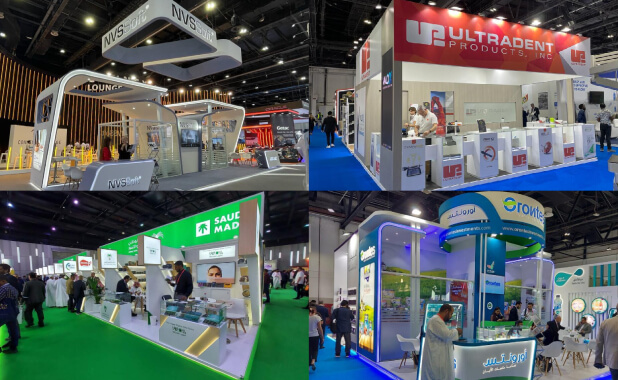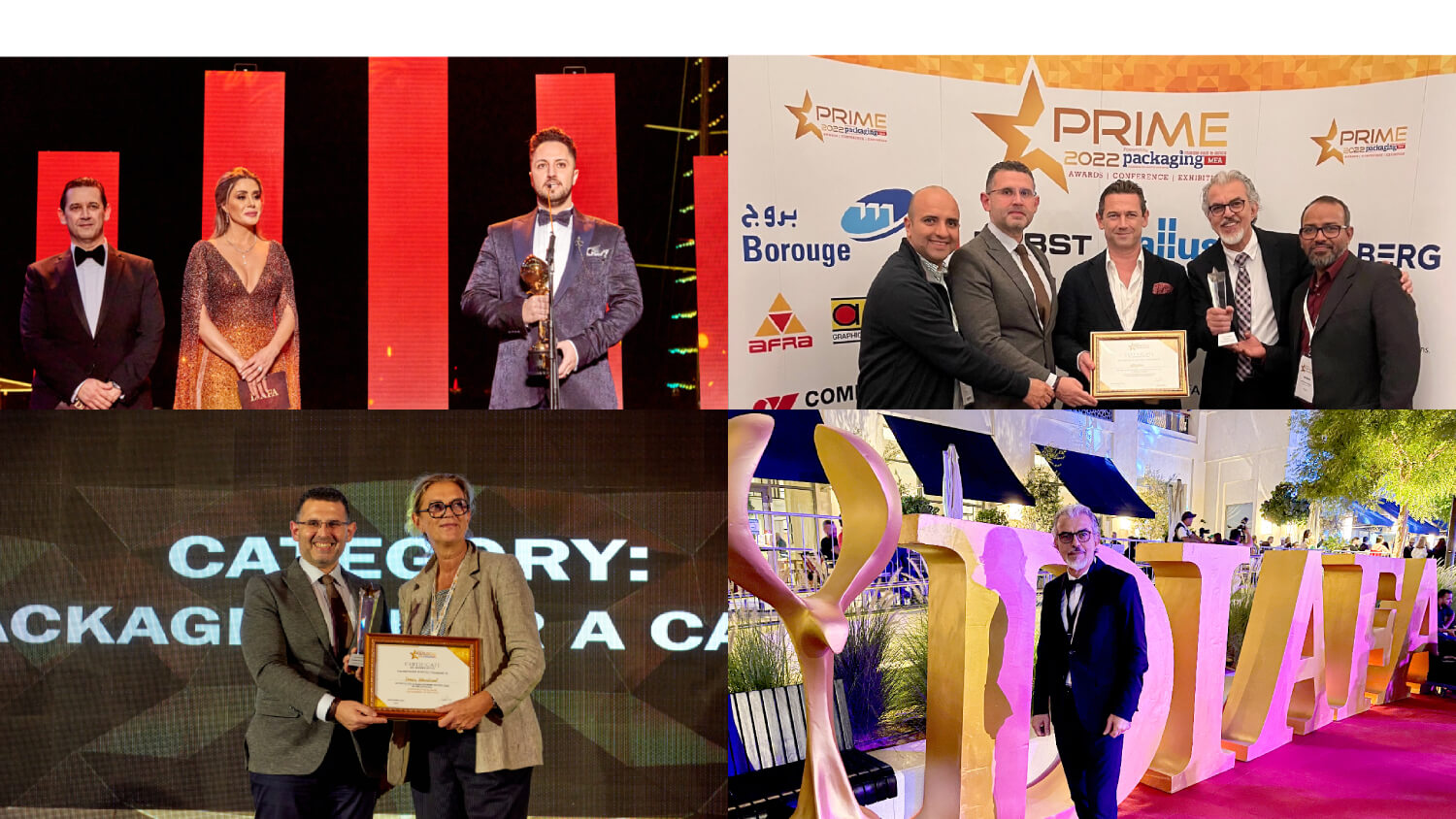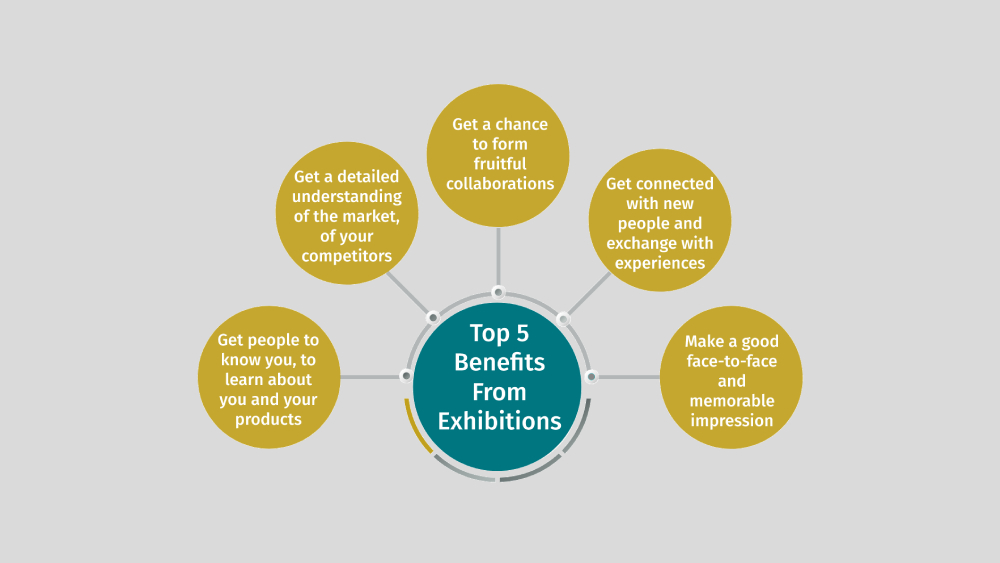From the smallest business cards to large format posters and promotional displays, commercial printing is one of the most used promotional strategies in the world. And it is not something you can completely avoid — almost any industry will need to come in contact with printing, at one point or another.
Have been looking for an article that will walk you through the options and showcase the benefits of all? You have found yourself in the right place at the right time.
The article’s agenda for today is:
- What ‘commercial printing’ means
- Why it is relevant, even in the digital age
- How to make sure your printing strategy is effective
- What options do you have and how they can help grow your business
- How to print sustainably and responsibly
- Understand how to assemble the puzzle pieces
What is commercial printing?
Commercial printing allows creating identical to their source material images and texts for commercial purposes. It is a broad category that includes all kinds of items, including packaging, informative materials, and advertising.
Many people and companies, especially the ones that are just starting, severely underestimate their printing needs. The small things like business cards, leaflets, flyers, menus, pens, and letterheads, add up to large sums of money. And it is not something you would like to get out of control.
The industry is huge. The scope, the price, the printing are all are the sources of potential problems. Getting lost in that variety is easy if you do not have a clear goal in mind.
Why do you need to care?
The simple answer is because commercial printing works.
Marketing studies show that printed materials are an effective marketing strategy that helps to increase brand exposure and makes it easier to recall the brand. Of course, there are psychological factors at play. If you cannot touch it, you feel less attached to it.
For many businesses, printing is not even a choice. If your company needs packagings, newspapers, and menus — printing will be on your list.

The other reason is that despite the digital marketing taking over the world, we still cannot isolate ourselves from the real world. It means that all the space — routes to work and back and supermarkets — present a potential advertising benefit, print being the primary medium.
And the last point — studies prove that it is harder to avoid printed marketing tools than it is digital ones. Online people have more control over what they see. They can ignore your ad by turning on an ad blocker and avoiding your message. It is much more challenging to do it in the physical world. People cannot ignore your banner or POS display as easily while they are driving to work or shopping for groceries.
Digital Media vs. Print
Modern businesses tend to put the digital and print media against each other. But the truth is that the two work together, feeding off each other, instead of canceling each other out. Yes, print has had a long history and might feel like an outdated medium, but it is not ready to disappear from the marketing scene just yet.
Despite the marketing successfully making its way into the digital world, traditional marketing still holds a lot of value. The rising popularity of digital marketing has encouraged traditional marketers to get even more creative and imaginative with their work, pushing the boundaries and innovating with a new force.
While technologies are trying hard to disconnect us from the real world, we still work, go to the gym, travel, and shop outside of our homes. And thus, commercial printing is still just, if not more relevant — it is the way we use that is changing.
But for it to serve you the right way, you need to do it right.
How to get it right
Ideally, you would want people to see and interact with your prints, and it means any mistake can cost you a customer. The print itself is only the destination and to get there, you need to go through the premedia stage, preparing your designs and understanding the project’s requirements.
Confused? Well, the good news is if you do your homework (with an excel spreadsheet and without cheating) you will get it right.
1. Developing a brand book
Good corporate printing starts with a good design.
From afar, developing a brand book seems like another kind of issue altogether. But if you look closer, you will see how connected branding and commercial printing are. Your designs need to be adaptable and follow clear guidelines.
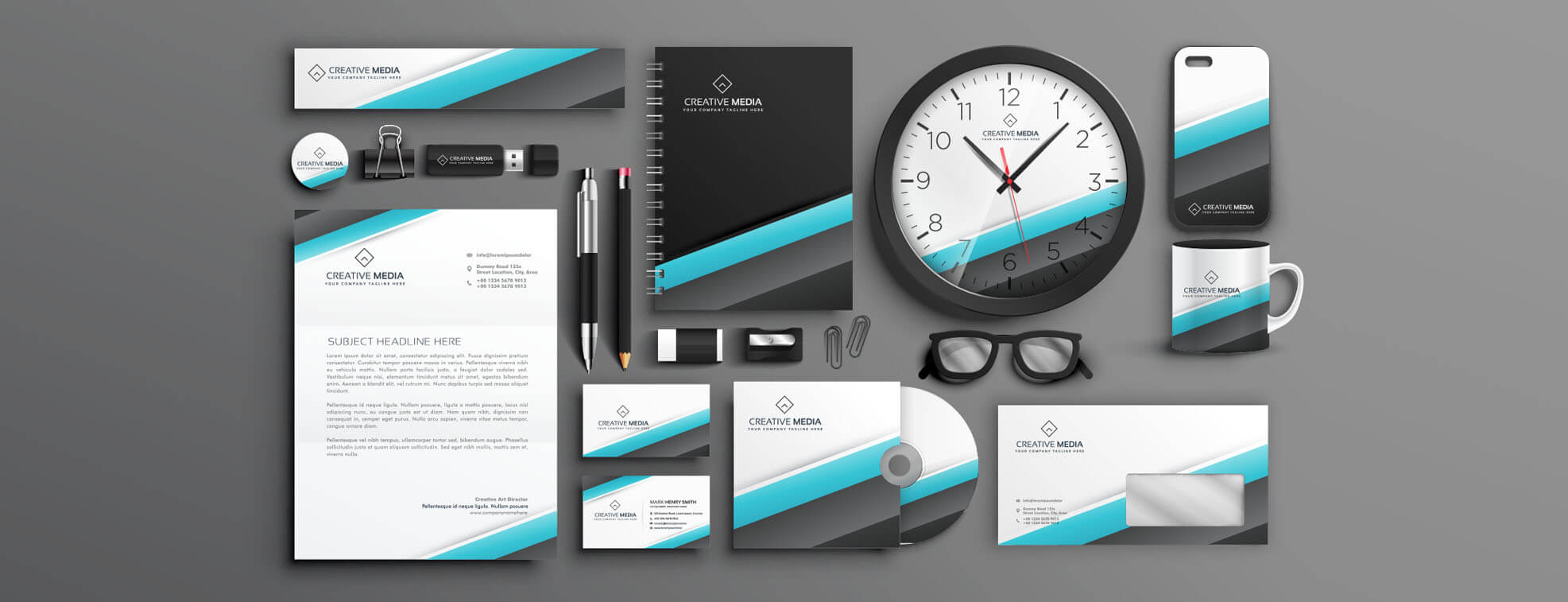
Before you can move on with any corporate printing, you need to make sure the branding is on point.
A print with a bad-quality or barely visible logo will do more harm than good. Same goes for other branding elements, including colors, shapes, and typography.
So, before you work on the print itself, coming up with elaborate designs and ideas, make sure you have a clear and up-to-date branding book.
Another tip — review your brand books frequently and keep them up to date with modern standards. That way, you will make sure your logos and slogans are ready to go whenever you need them. It is the first and probably the most important step in getting your printing right.
2. Examining the project’s scope
Project scope, also known as the work that needs to be done to meet objectives and deliver the right service and achieve desired results, is an important part of commercial printing.
When we talk about business, printing we are talking about numbers — several copies, sizes, measurements, people reached, and the list goes on. To minimize costs and make the most conscious decision, approach the printing from the project management perspective.
You will need to define the objectives of your project and manage your project’s scope. The process comprises the following steps: pre-planning, controlling, and closing.
You will need to have a description of the projects and all the deliverables. You will need to track the inputs, tools & techniques you will use, and the final outputs.

It might seem like unnecessary work, but scope management will help you minimize the losses and do only the work that needs to be done. So, you will avoid having to print 1000 copies of brochures, online to find you should have gone with business cards instead.
Printing projects often require considerable investments. Wasting money, when you could have run with an alternative medium that would have helped you do the job better is one of the most regretful things. Getting acquainted with all the options and their marketing implications beforehand is the best thing you can do. It is a small investment that will save you time, energy, and money. Commercial deliverables should help your ear and the other way around.
Example: make it easier to identify your bakery from afar
Input – employees, time, money, and effort
Tools & Technologies – logo and graphic design, concrete measurements, placement hunting, printing house arrangement
Output – a banner near the entrance, identification signs 20m nearby the location
3. Understanding your options
Now, that you have a strong brand identity, have set all the goals, and know what you want to accomplish, it is time to pick a medium that will help you get there. The printing industry is huge, and commercial printing has always comprised a significant part of it. Throughout the years, businesses have learned to use printing to help them meet a wide range of goals.
– Business printing
It is a broad category that includes all the familiar printing deliverables, including but not limited to, business cards, flyers, letterheads, and menus. Those are often smaller format marketing materials, meant to be distributed to the customers, partners, and employees with an informative purpose. Some of those, for example, letterheads, include only identification signs. Some have a concise and descriptive copy, like flyers.
Application:
- To increase brand awareness
- Establish a corporate culture
- Help improve brand recognition
- Build trust
– Outdoor printing
When you think about outdoor printing, you probably think about outdoor advertising, also known as paid promotions.

But it is not always the case — you can print posters and large formats, and vinyl stickers without having to pay a fee for space. They are the printed items that require exceptional attention to detail.
Application:
- Advertise your products and services
- Reach larger audiences
- Creative freedom
– Giveaways
As the name implies, this category of marketing materials includes all the items you will have to give away to your clients, customers, and partners. It includes our favorite mugs, T-shirts, branded notebooks, stickers, and corporate stickers.
Application:
- Build a corporate culture
- Increase brand exposure during corporate events
- Interactive marketing
- Can be used in everyday life
– Displays
POS and POP displays help you showcase your products in a special to your way. They not only promote your goods but also serve a very functional purpose. Those items are one of the most effective, from the marketing point of view. Are you wonder why? Well, because instead of hunting after the customer in the places where the people do not have the buying power, you advertise to them directly in the place where they go to make purchases. And considering that most buying decisions are made on the spot, POS displays give you a chance to shine.
Application:
- More exposure in the shops and similar locations
- Control over the message
- Effective promotional method
- Advertisements to the customers where they are
- Functional addition
– Product packaging
We are sure you have been captivated by beautiful packaging more than once. They are often a necessity — many of the products, especially in the fast-moving goods industry, need some packaging to go with the products. But creating a beautiful, attractive one, and investing in a good one is a choice.

Besides having a protective role, the packaging is also a marketing tactic. Maybe for you, the packaging is the single most important and often the first marketing piece you potential customers come in contact. And anyone who has ever held an Apple packaging knows how it can reassure and excite. Not the point you would like to take on lightly.
Application:
- Make a strong first impression
- Help to build trust
- Inform your customers
- Make it easier to identify you
- Build a brand recognition
– Signs and banners
An identification sign with a logo and slogan is the single most important promotional item. There are many options — you can be as ambitious with their size as you want — and you can choose the one that fits you best.
It is one of the oldest promotional methods, and it has only gained even more recognition and popularity in recent years.
Application:
- Help identify your location
- Increase brand recognition
- Showcase your services and businesses
– Mails and Newspaper
Yes, we have entered digital, but it does not mean that the traditional mails and newspapers are completely gone from the marketer’s toolkits. Even corporations like Google send out mails, which only shows the effectivity of the method.
By sending our targeted mail and printing out the newspaper, you get people’s attention right at their homes.
Application:
- Direct marketing method
- Brand recognition
- Targeted marketing
4. Choosing the right printing method
After you have considered all your options, it is time to choose the right printing house and the printing method to get the most out of the medium. Because it is not only about the medium itself, but the quality of it.
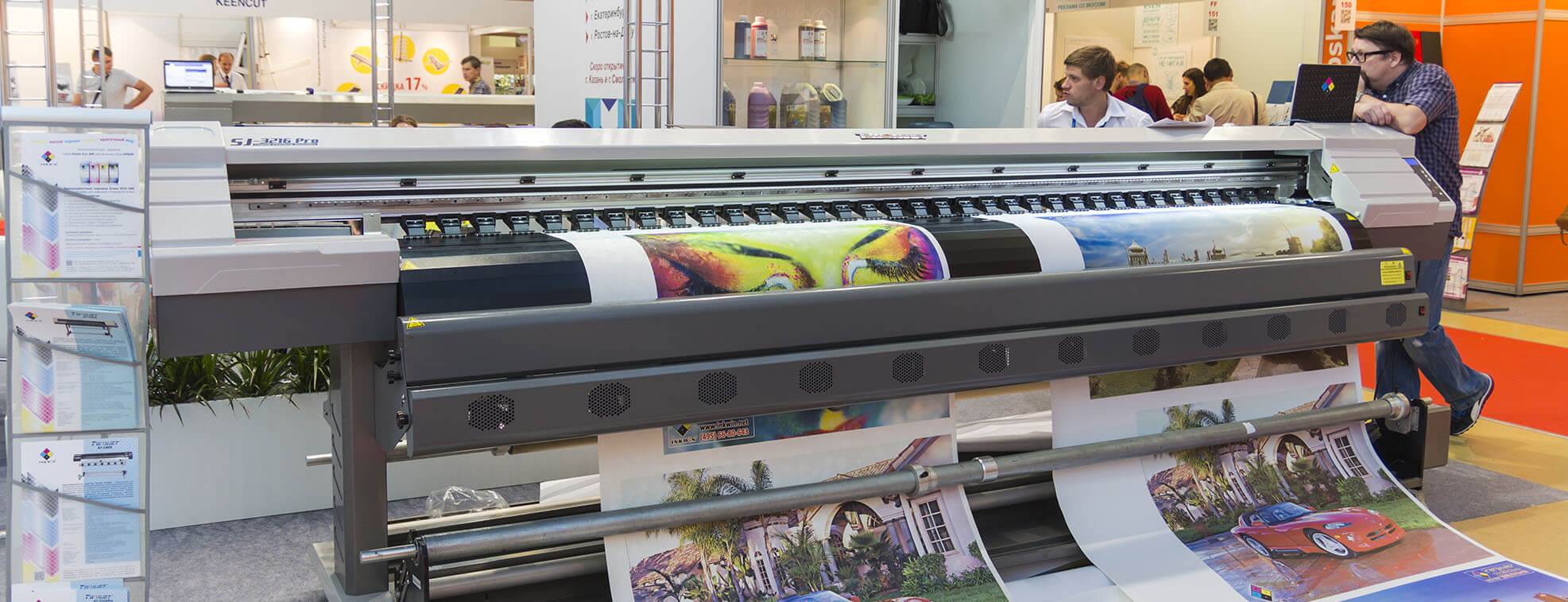
We have covered it before, but there are three printing methods – offset, flexo, and digital printing — used in the commercial printing industry the most. Each of the methods has its benefits and will serve better for one purpose than another.
You can:
- Do it yourself (often meaning, print it digitally)
- Refer to a printing house nearby
- Approach a creative agency
- Use a web-to-print platform
Just as with types of printing, each of those methods comes with its benefits and drawbacks. Printing something yourself might not be the wisest decision unless it is a small run, and the quality of the print is not that big of a deal. In all other cases, it is probably not going to work.
If you go for other types of printing, however, you will need to pay more attention to the option. New technologies are being developed almost every year, each promising a better quality. Flexo printing has entered the HD realm; gravure printing, thought to be a little outdated, is becoming more and more popular every year. And to make the best decision, you need to understand your options.
Don’t think you need to do it all on your own. Ask for our help if you need a bit of guidance — we will be happy to walk you through the options. After all, we are a production company and happen to know quite a bit about printing.
5. Printing sustainably
Sustainability is increasingly becoming one of the most important printing factors. The time of ruthlessness is long gone. Considering that approximately 178 million trees need to cut to meet the paper demands of the US market only, being inconsiderate about paper consumption should not be an option.
Luckily, as time goes more, printing options develop. To make sure you are printing sustainably, you need to take notice of the paper used in the printing; inks, coating, and other chemicals; reusing waste; and energy consumption.
The eco-friendly paper is the one that included pre-consumed, recycled paper, and that has been sourced from sustainable plantations. Papers that include post-consumer recycled materials might not be the most sustainable — many of them use the bleaching process that produces toxic and harmful waste.
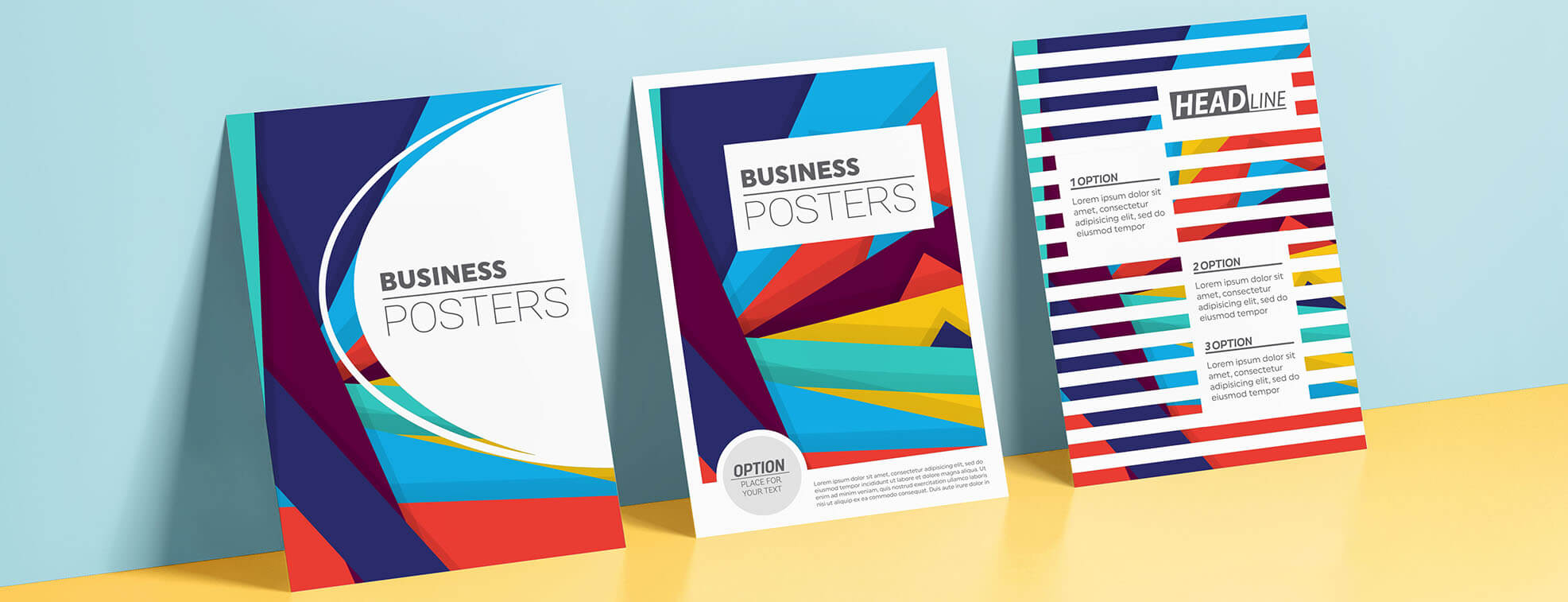
The ink and all the material used in the commercial printing process play a big role in the printing’s sustainability. Vegetable-based are a sustainable option and water-based aqueous coatings and UV coating. All of those types do not reflect on the quality — the images can end up looking just as bright and vibrant as all the other ones.
Optimizing the performance and making sure that the people involved in the process are top-notch professionals, also helps drastically decrease the amount of waste produced. The other point — the one that to you, as an organization — might be a little hard to track is related to the energy consumption.
The printing houses and agencies that use eco-conscious energy sources will help you decrease the harmful impact of your printing on the environment and safe coasts in the longer tun.
Final step: developing a printing strategy and tracking results
A marketing campaign not measured is a marketing campaign lost.
After you have reviewed all the commercial printing options, set the goals, choices the perfect printing method, it is time to track your progress.
The performance of printed media is not as easy to track as the digital ones, and it is one of its biggest drawbacks. But it does not mean it is not possible.
To make sure you have achieved success, pay closer attention to the number of calls, visits, and purchases before and after the campaign were rolled. Ask people where they have learned about your product/services/place. Invest in the channels that work and do not be afraid to abandon the ones that do not.
With a strategy in place and an efficient tracking method, no campaign or print will go to waste.

